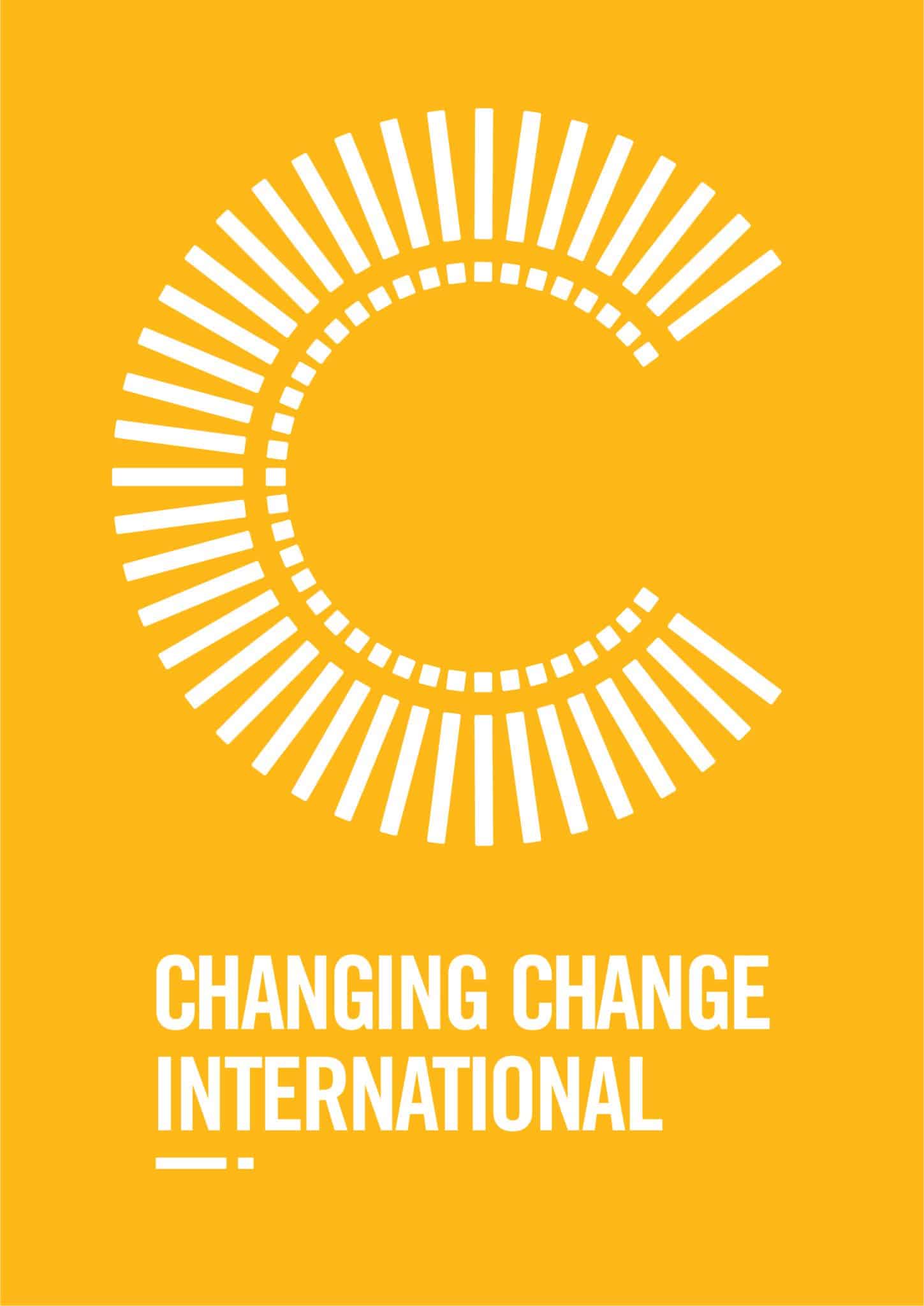HOW TO AVOID THE DANGERS OF “BUSY, REALLY BUSY”
“It seems everyone is busy! It seems that the busier people are, the more important they feel. But ask: ‘What are you busy with?’ and they struggle to nail down anything significant.” Diane Gray
The most common response to ‘How was your day?’ or ‘How have you been?’ is: ‘Busy, really busy.’
Acknowledgement Author: Diane Gray of Change Play Pty Ltd (www.getagameplan.com.au)
Ask yourself – how often do you answer, ‘Busy’?
It seems everyone is busy! It seems that the busier people are, the more important they feel. But ask someone ‘What are you busy with?’ and often they will struggle to nail down anything significant.
If your answer is ‘a lot’ or ‘all the time’, then there is a potential problem. Because, unless you don’t want to stand out as uniquely you, you are the same as nearly everybody else. Busy.
What makes this worse is if this is the same response from everyone you work with. Because that means there is a culture of ‘being busy’ which does not necessarily equate to being productive, and again, offers very little differentiation from your competitors. Problems can also escalate.
Problems such as:
- TIME: People trying to multi-task, running around in circles, unable to focus on one thing at a time – impacting the quality of their work.
- WORKLOAD: Impossibly huge workloads; people lost in the midst of it all, overwhelmed and anxious that they may lose their job if they say anything or ask for help.
- EXPECTATIONS: People putting effort into being busy, yet they are not necessarily productive. A gap in expectations can develop between team members and their direct supervisors, which can be difficult to manage.
- LAZINESS: A curtain of busy being used to hide laziness from view.
The competitive edge you are working on is lost in the black hole of busy.
Do these problems sound familiar? If they do, then you are not alone; they all affect the company culture or can be a reflection of it.
To be competitive, it is imperative to find even the smallest of advantage. That advantage is one that makes a difference for clients, and ultimately leads to sales. And busy is the false productivity economy.
“The saddest things we fail at are fun things we never get to do, so in your busy day be sure to plan fun things too.” Wes Fesler
What does the false productivity economy of ‘Busy mean?
It means there are minimal returns on investment for the energy people are putting into ‘busy’, or for the money paid in salaries. The results are felt in the lack of sales, poor customer service, likely low morale, and unhappy workers.
The results-to-effort ratio is low, which means there is not a lot to show for the work being done or talked about and not done.
What can you do to turn this around?
Here are three steps to help you create a Real Productivity Economy
The first step in creating a real productivity economy starts with language – the language that builds the company culture you want.
- WORDS: Find four alternative words or phrases that you and your teams can own and use instead of the word busy (e.g. productive, action packed, or making magic happen) and use them again and again. Watch the shift occur. It won’t happen overnight, but it will happen. Keep everyone responsible for watching their own and each other’s language.
- MEANING: Express something meaningful and thought provoking for the listener. Share what ‘being productive’ means. (By the way, you’ll soon find out if they were really interested when they asked ‘How are you?’ in the first place!)
The next step is addressing the expectations of what can be completed in what time and to what standard.
- REALISTIC: Most people enjoy the challenge of meeting a deadline, and gain a lot of satisfaction from completing something they have enjoyed doing (we are biologically programmed and release happy hormones when we do!) – as long as the challenge is realistic and not demanded every minute of every day, with no let up or recognition.
- SYSTEMS: Put systems in place that support real productivity – systems that will get used. This can be as simple as organising workload on a whiteboard, automating tasks where possible, ‘gamifying’ challenges to make them more fun, or communicating your work priorities and schedule to those you work with (and your support crew at home).
The final step is simple yet often the most neglected.
- PRESENCE: Keep in touch with the people doing the work. Champion real productivity. Support them. Catch your people doing the right thing and give them acknowledgment.
- FEEDBACK: Ask for feedback, and listen to what they are NOT saying.
Now your challenge, to kick start the change from ‘busy’
For one week, completely ban the use of the word ‘busy’ and see what people come up with instead. Continue to use those words and they will become the new language of your company culture … and watch the magic unfold.
Author: Diane Gray of Change Play Pty Ltd (www.getagameplan.com.au)
